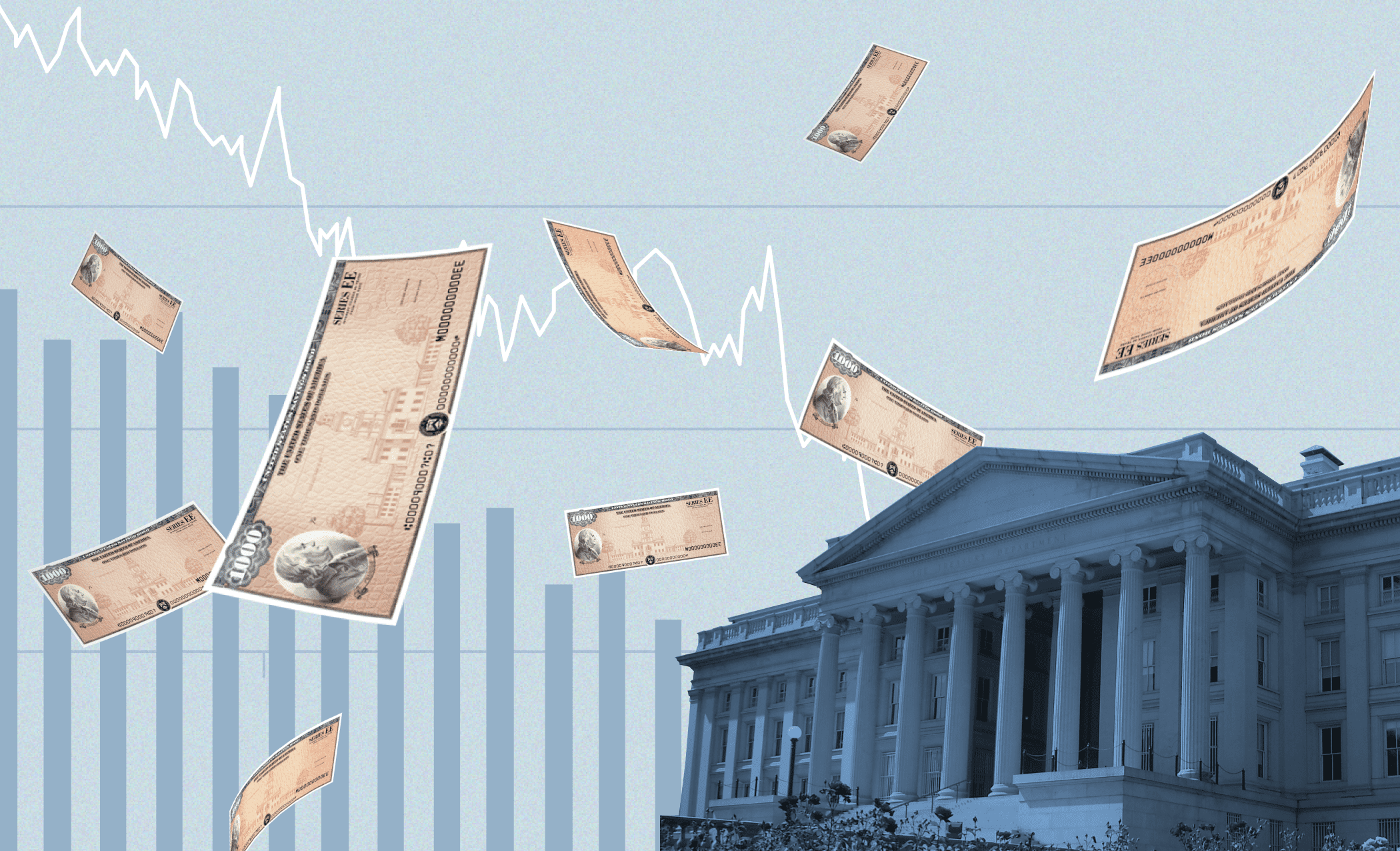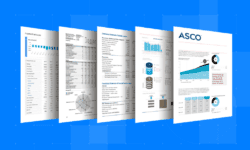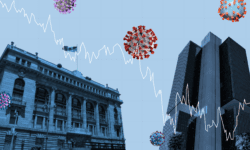There’s been no shortage of market volatility over the past year. Still, early 2021 finally saw the market moment everyone was waiting for: avast economic bounceback alongside what looked to be a natural COVID-19 recovery. As restrictions eased and the world began tip-toeing back toward normalcy, the economy went into overdrive, and the long-term bond market went right along with it.
But after a spring season of upward trajectory and anticipated continuation of the trend, the swift downturn on long-term treasury bond yields during the summer months has stumped strategists. Further, they’re left wondering what (if anything) it says about the larger economic picture.
Here’s What Happened:
- Long-term bond yields rose steadily in early 2021 and in March reached their highest point in two years.
- Despite forecasts for a continued rise, yields have dropped more than half a point since their springtime high.
- Inflation measures from the Federal Reserve, the spread of the Delta variant, and the impending end to economic stimulus measures play a role in bond market trends.
A Rising Forecast
The first half of 2021 saw the U.S. economy react to one after another positive development in the effort toward recovery from the COVID-19 crisis.
Vaccine rollouts, lower infection rates, government stimulus actions, and the ease of restrictions (plus the release of pent-up consumer demand across markets) pushed bond yields to 1.77% — their highest point in two years — with little sign of slowing down.
The Downward Trend of Long-term Bond Markets Mystifies Experts
Market forecasters predicted that bond rates would continue to rise well into the summer and likely through the end of the year as the economy bounced back and inflation loomed on the horizon.
Through research in the AlphaSense platform, we found several broker research documents pointing to a belief that there would be a continued increase in long-term rates, including a rise in 10-year U.S. Treasury yields, in the first quarter. In addition, economists expected further increases in yields across significant government bonds, as well.
Instead, the opposite has occurred. Defying market expectations, the yield for 10-year treasury bonds sits at 1.17%, down more than half a point from its high earlier this year. The trend has mystified market forecasters.
“Ultimately, a 10-year Treasury yield at 1.2 percent or even lower is not consistent with the strength of the global economy today.” – Hugh Gimber, JP Morgan Asset Strategist (source)
“You’ve had this sharp drop in bond yields, which the investment community is struggling to explain. The equity world is confused by it, and concerned about it.” – Lori Calvasina, RBC Capital (source)
To others, the market is signaling that expectations for economic growth have simmered from the unbridled enthusiasm held earlier in the year.
“There’s growing concern on how robust the economic recovery will be. The virus spread in other countries is starting to suggest we won’t have a strong second half of the year.” – Edward Moya, Senior Market Analyst, Oanda (source)
“The yield on the benchmark 10-year Treasury note, which generally reflects the outlook for inflation, has declined in recent weeks in a sign that investors remain more concerned about the prospect of an economic slowdown than about surging inflation.” – Associated Press News, July 2021 (source)
“The bond market has been signaling concerns over the strength of the recovery for months, specifically that it may have peaked and is now leveling off to a steadier pace.” – Los Angeles Times, July 2021 (source)
So, What’s the Cause?
Many first assumed that the falling yields were just temporary — a market reaction to peaking growth rates that would steady again soon. Circumstances are changing; there are fair reasons for the downturn, like the spread of the Delta variant and the return of restriction measures that would again slow the economy. Recent headlines underscore the confusion.
“U.S. stocks slumped with government bond yields as concern mounted [that] the Delta variant of COVID-19 will undermine global economic growth.” – M.T. Newswire, July 19, 2021 (source)
And less than two weeks later:
“The Delta variant of COVID-19 does not pose a risk to the stock market and could help boost value and yields, JPMorgan says.” – Business Insider, July 30, 2021 (source)
Adding to the uncertainty is the Federal Reserve. After taking an initially flexible stance on dealing with impending inflation, the Fed indicated that more hawkish measures may be on the horizon, including an earlier-than-expected tapering of the bond-buying program and two 2023 interest rate hikes not previously in the plan.
Federal Reserve Chair, Jerome Powell, said after the meeting that Fed officials “are more comfortable than [the economic conditions for raising rates] will be met somewhat sooner than previously anticipated.” (source)
At the same time, the Fed reinforced that they still view more extreme, immediate inflation pressures as “transitory.” But that doesn’t do much to combat the market’s natural reaction to anticipated regulatory measures.
What’s Next?
So, what is going on? Is this a full-on growth scare? Like everything else over the past year, it’s difficult to predict, and much depends on the COVID-19 trajectory.
Will the Delta variant continue to spread at an increasing rate? If it does, will government leaders turn to the same restriction measures they did before? If it doesn’t, and the economy continues on its upward trajectory, will the federal reserve tighten up its inflation measures even more? How will the end of stimulus measures play a role?
These are the kinds of questions market strategists are asking, but the only honest answer is there is no sure answer. Still, it doesn’t (and shouldn’t) stop industry leaders from trying to navigate it all.
Search for mentions of the long-term bond market and other relevant trends in company documents. Request a free trial to AlphaSense and access data from over 10,000 content sources. Sign up here.



